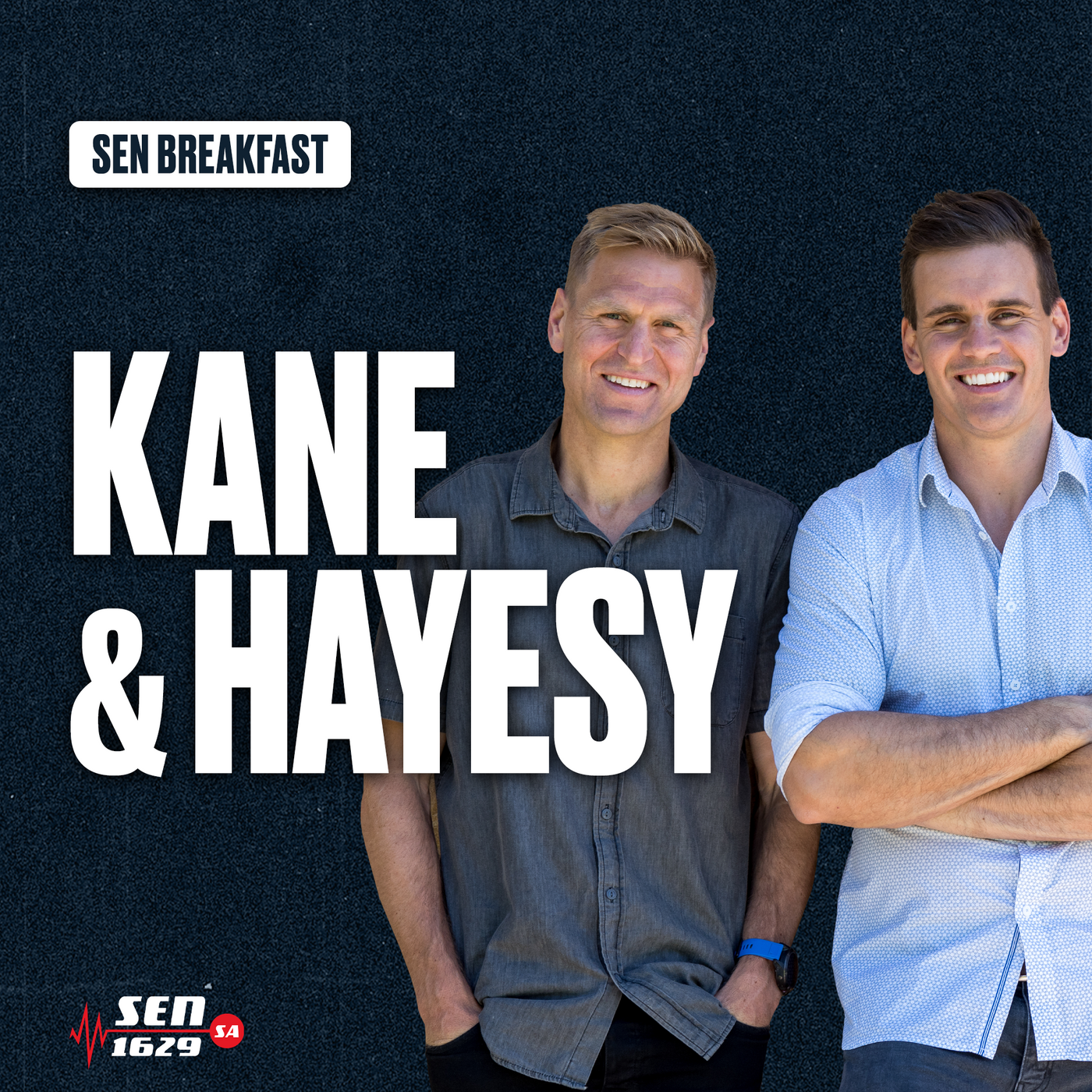RussellEbertHandball
Flick pass expert
That's one heavy industry company in Australia. Bluescope don't have a government guarantee, Downer Industries don't have government guarantees, they are defined as heavy industry. What about the Alcoa aluminium smelter in Portland. What government guarantee do they have?Nyrstar's operations for a start....its the same finance model GFG is seeking. Only problem for GFG is Pt Pirie fluked $ from EFIC. Once bitten twice shy for AG and SAG. Try asking an Australian or international bank today for a redevelopment loan for a refinery...without a govt guarantee.











